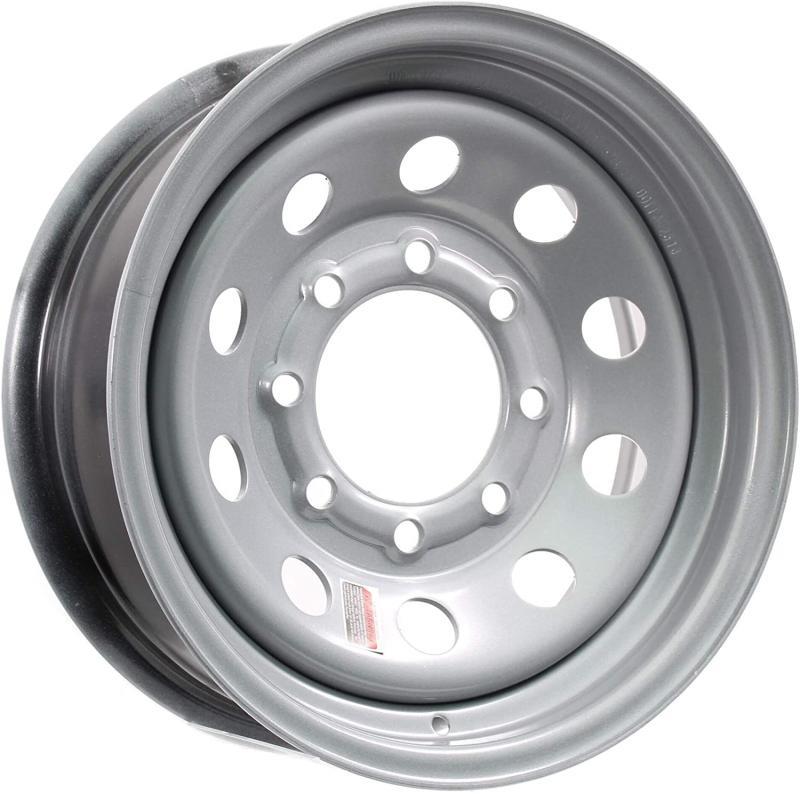
403
Sorry!!
Error! We're sorry, but the page you were looking for doesn't exist.
Growing Production of Automobile Is Fostering the Demand for the Automotive Trailer Wheel Rims
(MENAFN- Coherent Market Insights) Automotive trailer wheel rims are the outer edge of a car that holds the tire firmly. They are usually manufactured from chrome or steel, both of which are extremely strong. The common materials used in making these rims are magnesium, aluminum, and steel among many others. However, it is also characterized by its style, size, and thickness. In order to choose the right one for your car, it is important to determine its usage. For instance, if you plan to use it on a truck, you need to make sure that it fits the truck's dimensions.
For commercial vehicles, there are two kinds of alloy wheels: galvanized steel and nickel alloy. Galvanized steel rims include high-quality iron and cobalt steels. These are typically used on commercial trucks because they can resist corrosion. On the other hand, nickel alloy rims consist of nickel plating. Nickel is said to be corrosion resistant and is usually used on high-performance vehicles such as sports cars and SUVs.
In contrast, aluminum alloy wheels are said to be low-cost alternatives. This is mainly because aluminum alloy rims are made of recycled aluminum. However, despite their low cost, they are often used by drivers who want a more rugged look. Meanwhile, steel wheel rims are also available in various styles and designs. They have been manufactured by using the most durable alloy materials available, which makes them ideal for high-performance cars. The types of automotive trailer wheel rims available are diverse and include different design concepts such as full-body custom wheels, rear bumper custom rims, custom body custom rims, alloy wheel rims, custom mud flaps, and rear bumpers.
Expanding road transport sector around the globe and increasing heavy vehicle manufacturing is set to drive high demand for wheels.
For commercial vehicles, there are two kinds of alloy wheels: galvanized steel and nickel alloy. Galvanized steel rims include high-quality iron and cobalt steels. These are typically used on commercial trucks because they can resist corrosion. On the other hand, nickel alloy rims consist of nickel plating. Nickel is said to be corrosion resistant and is usually used on high-performance vehicles such as sports cars and SUVs.
In contrast, aluminum alloy wheels are said to be low-cost alternatives. This is mainly because aluminum alloy rims are made of recycled aluminum. However, despite their low cost, they are often used by drivers who want a more rugged look. Meanwhile, steel wheel rims are also available in various styles and designs. They have been manufactured by using the most durable alloy materials available, which makes them ideal for high-performance cars. The types of automotive trailer wheel rims available are diverse and include different design concepts such as full-body custom wheels, rear bumper custom rims, custom body custom rims, alloy wheel rims, custom mud flaps, and rear bumpers.
Expanding road transport sector around the globe and increasing heavy vehicle manufacturing is set to drive high demand for wheels.

Legal Disclaimer:
MENAFN provides the
information “as is” without warranty of any kind. We do not accept
any responsibility or liability for the accuracy, content, images,
videos, licenses, completeness, legality, or reliability of the information
contained in this article. If you have any complaints or copyright
issues related to this article, kindly contact the provider above.


















Comments
No comment